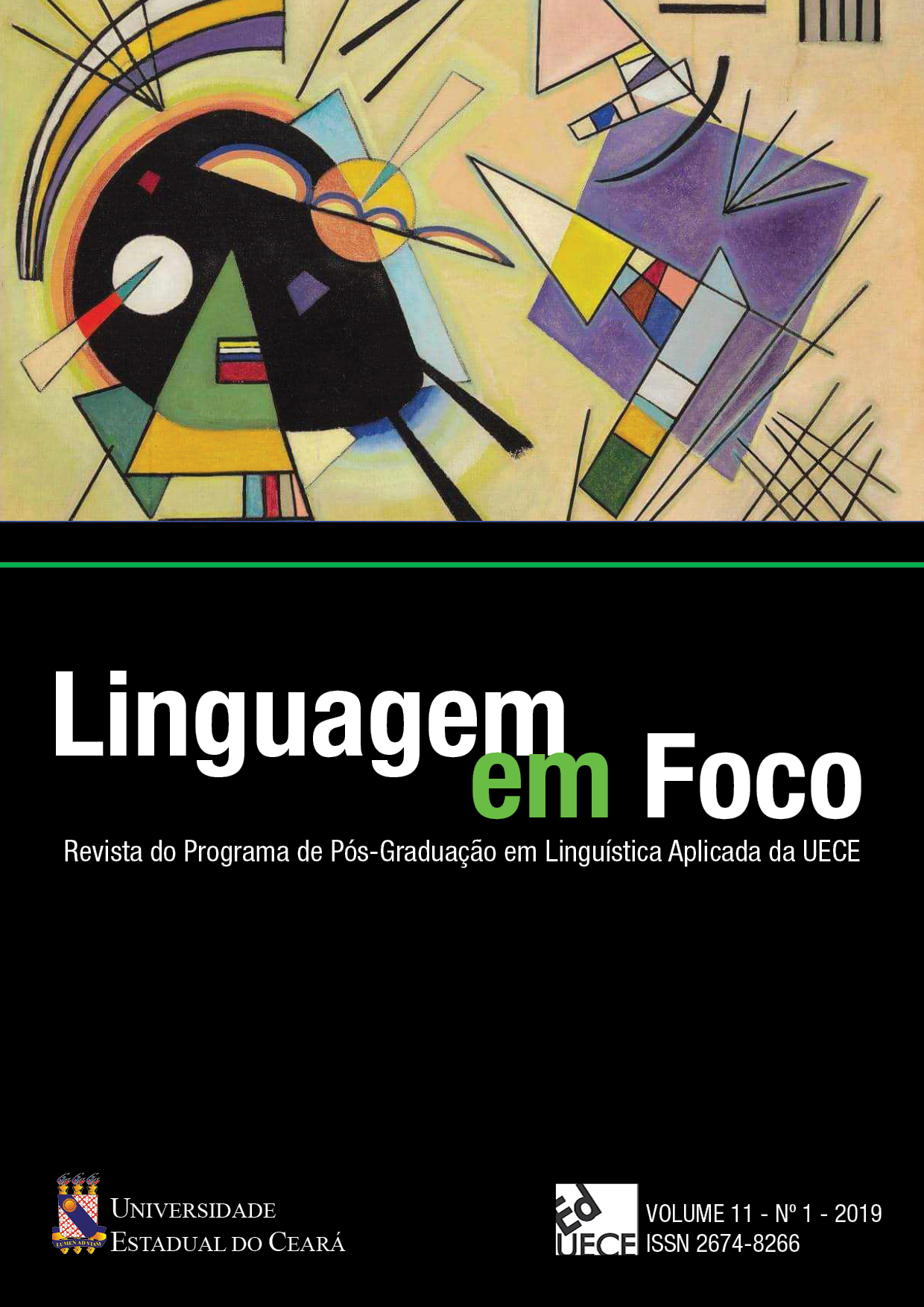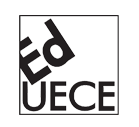Teaching in Texts that Incite Action
An Argumentative View
DOI:
https://doi.org/10.46230/2674-8266-11-2942Keywords:
texts that incite action, teaching, argumentative modalityAbstract
One of the aims of language teaching in current schools is to make the student a participant in dialogue processes and a protagonist in tasks of producing and interpreting texts appropriate to each social situation (CAVALCANTE; PAULIKONOS, 2017). Text teaching represents a challenge for the teacher, at any level. In this study we present reflections on notions of text, argumentation and teaching based on texts that incite action (ADAM, 2018). We show that the work with argumentation has always been developed in the classroom, although it appears with evidence only in situations of demonstrative or polemic modality. In orality teaching, the debate of controversial issues is commonly stimulated, to motivate the theme to be explored in the textbook unit. In writing teaching, in general, it is explained how to formulate a thesis and base it with explicit arguments, to defend it. Such guidelines are usually based on the correction guides of Enem composition and public service selections, such as university entrance exams. We used as an example for this discussion the texts that incite action, which, according to Adam, oscillate between a domain of advice / recommendation and a procedural / injunctive domain. The mix of advice-recommendations and procedural instructions, however, is the most frequent form of text plans of this nature (ADAM, 2018; LÜGER, 1995). We understand that the texts that incite action can fit into the argumentative modalities that Amossy (2017) calls patemic and pedagogical.
Downloads
References
__________. A linguística textual: introdução à análise textual dos discursos. São Paulo: Cortez, 2008.
__________. Textos: tipos e protótipos. Tradução de Mônica Magalhães Cavalcante...[et al]. São Paulo: Contexto, 2019.
AMOSSY, R. As modalidades argumentativas do discurso. In: LARA, G.; MACHADO, I.; EMEDIATO, W. (Orgs.). Análises do discurso hoje, vol. 1. Rio de Janeiro: Nova Fronteira, 2008, p. 231-254.
__________. Apologia da polêmica. Trad. Mônica Magalhães Cavalcante et al. São Paulo: Contexto, 2017[2014].
__________. A argumentação no discurso. Trad. Eduardo Lopes Piris et al. São Paulo: Contexto, 2018a [2000].
BAZERMAN, C. Gêneros textuais, tipificação e interação. Cortez, 2005.
CALLIGARIS, C. Cartas a um jovem terapeuta: reflexões para psicoterapeutas, aspirantes e curiosos. São Paulo: Planeta do Brasil, 2019.
GREIMAS, A. J. Semântica estrutural. São Paulo: Editora Cultrix, 1973.
MILLER, C. Gênero como ação social. In: MILLER, C. Estudos sobre gênero textual, agência e tecnologia. Recife: EDUFPE, 2009.
MORTARA-GARAVELLI, B. Tipologia dei testi. In: HOLTUS et al. Lexikon der Romanistichen Linguistik. Tubingen: Niemeyer, 1988, v. 4, p. 157-168.
PAULIUKONIS, M. A. L.; CAVALCANTE, M. M. Texto e ensino. e-book, Natal: SEDIS, 2019.
WERLICH, E. Typologie de texte. Heidelberg: Quelle et Meyer, 1975.
Downloads
Published
How to Cite
Issue
Section
License
Copyright (c) 2020 Mônica Magalhães Cavalcante, Mariza Angélica Paiva Brito

This work is licensed under a Creative Commons Attribution 4.0 International License.
Authors who publish in Linguagem em Foco Scientific Journal agree to the following terms:
- Authors retain the copyright and grant the journal the right of first publication. The articles are simultaneously licensed under the Creative Commons Attribution License which allows sharing the work with an acknowledgement of its authorship and initial publication in this journal.
- The concepts issued in signed articles are the absolute and exclusive responsibility of their authors. Therefore, we request a Statement of Copyright, which must be submitted with the manuscript as a Supplementary Document.
- Authors are authorized to make the version of the text published in Linguagem em Foco Scientific Journal available in institutional repositories or other academic work distribution platforms (ex. ResearchGate, Academia.edu).





























